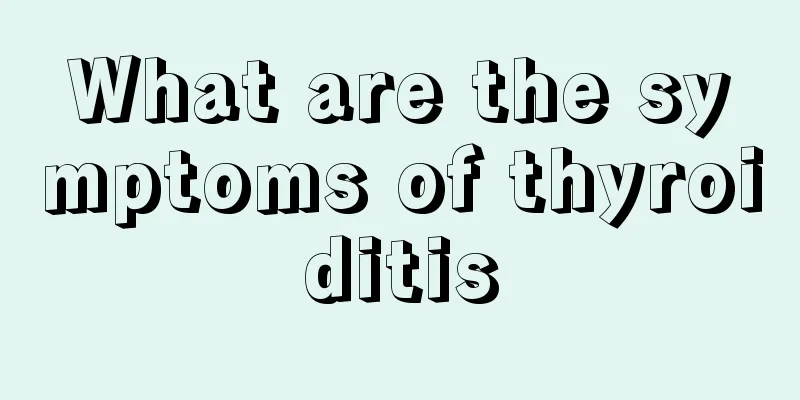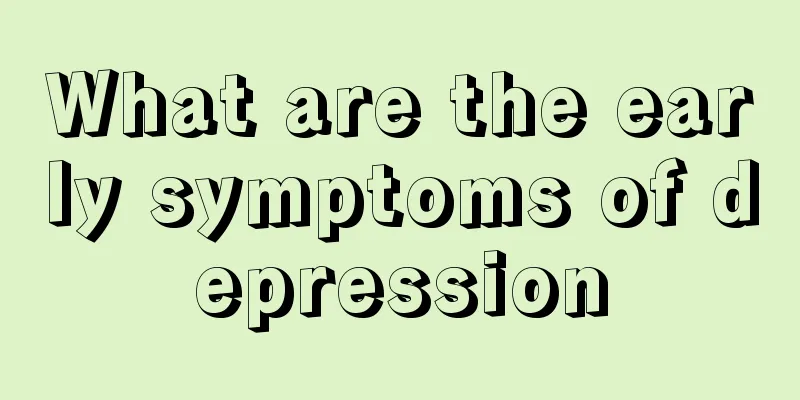What should I pay attention to after heart stent surgery?

|
There are many ways to treat some heart diseases. If drugs alone cannot cure them, then stent surgery may be considered. Although this method has a relatively good effect, people must understand the relevant precautions after the operation so that they can recover faster. The following will introduce to you what precautions should be taken after heart stent surgery. 1. Remember to continue taking medicine after heart stent surgery Stents are used to treat coronary heart disease, and the effects are immediate. Many patients believe that once the symptoms of coronary heart disease disappear, the disease is cured. Actually, it is not. The full name of coronary heart disease is coronary atherosclerosis, which means that people with coronary heart disease have all the coronary arteries in their heart narrowed, but the degree of narrowing varies, some are milder and some are more severe. The length of the stent is limited, and it is only used to treat the coronary artery with the most severe narrowing. It is impossible for doctors to place a stent in the entire coronary artery. Stent treatment is only symptomatic treatment, and after the stent is placed, the patient still has to take medication. 2. An "exercise prescription" is necessary after heart stent surgery Patients who have undergone stent surgery tend to go to two extremes. One is that they feel that they have recovered and exercise frantically; the other is that they always think that there is a "wire ring" in their heart, so they are cautious about everything and basically do not exercise. After stent surgery, patients should have an "exercise prescription". The general principle is that activities should be gradual, from light workload to normal working state. The maximum workload should not exceed 70%~80% of the preoperative workload. You can persist in swimming, walking, jogging, cycling, Tai Chi, etc. 3. Symptoms that may occur after stent placement Precordial discomfort or pain may occur after the operation. There may be two reasons for this. First, the stent is a foreign body propped up in the coronary artery, causing discomfort just like a person with dentures. In addition, the patient is overly nervous psychologically, causing precordial pain and discomfort. However, this is completely different from preoperative angina pectoris. The electrocardiogram results are normal and the patient will heal on their own in a short period of time. The second is postoperative complications of acute vascular occlusion, intracoronary thrombosis or acute myocardial infarction. This situation requires emergency coronary angiography to confirm the diagnosis and emergency re-intervention treatment to be cured. In addition, symptoms such as abdominal distension, back pain, nausea, vomiting and insomnia may also occur, which usually disappear within 1 to 3 days. |
<<: What are the clinical manifestations of onychomycosis
>>: Detailed explanation of what causes sudden blood in the stool
Recommend
Traditional Chinese medicine prescription for treating lung cancer with yin deficiency and lung dryness
Traditional Chinese medicine has always focused o...
Pain under the heel
There are not only nerves distributed in the huma...
The efficacy of wolfberry and chrysanthemum soaked in water
The medicinal value of soaking wolfberry and chry...
What are the symptoms of lung cancer patients before death? Lung cancer patients will have 4 symptoms before death
Lung cancer is a serious malignant tumor, especia...
A bowl of rice water is equivalent to 10 kinds of medicine
Don’t waste it. People often pour out the rice wa...
What do fat particles look like
The occurrence of fat granules due to improper sk...
Is interventional therapy effective for advanced lung cancer? Analysis of the therapeutic effect of interventional therapy for lung cancer
When lung cancer reaches the middle and late stag...
The cost of early-stage lung cancer treatment
Consult an expert. How much is the cost of lung c...
How to treat and care for lumbar fractures?
The lumbar vertebra has the function of protectin...
What is the treatment for sinus tachycardia
Sinus tachycardia can cause symptoms such as dizz...
What are the hazards of removing freckles and peeling off the film
For many women, they do not allow themselves to h...
Treatment and health care after colon cancer surgery
In the early stage after surgery, it is advisable...
How long can a person with highly differentiated liver cancer live?
How long a patient with well-differentiated liver...
Is colon cancer contagious?
If someone in the family has colon cancer, many r...
How to correct round shoulders and hunchback, corrective exercises are effective
Hunchback will affect our body shape throughout t...









